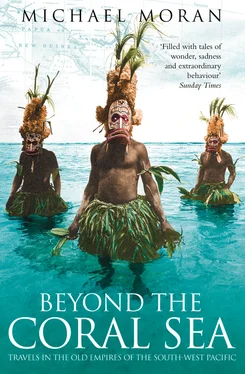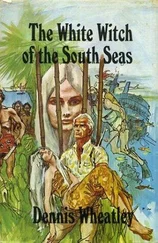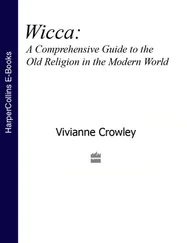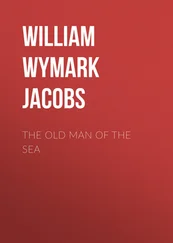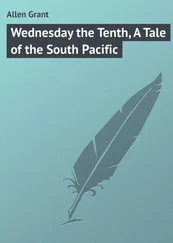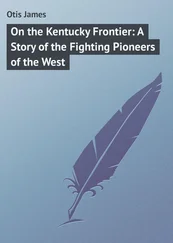1 ...6 7 8 10 11 12 ...24 Colonial flags rose over New Guinea like a flock of doves. The British Imperial Government proclaimed their Protectorate on 6 November 1884 by raising the Union Jack on HMS Nelson , one of five men-of-war present in the harbour at Port Moresby. The local people squatting on the deck heard in Motu the ambiguous words that were to cause much future suffering and discontent – ‘your lands will be secured to you’. German New Guinea had been annexed three days earlier on the island of Matupit in Neu Pommern (New Britain). On 4 November, Kapitan Schering, Kommandant of the Korvette Elizabeth , took possession of the Bismarck Archipelago by raising the German flag on the island of Mioko in Neu Lauenburg (the Duke of York Islands). Another fluttered in the fetid heat of Finschhafen on 12 November, claiming the north-east mainland of New Guinea (Kaiser Wilhelmsland).
Many eccentric and extraordinary individuals were attracted, and still are, to this destination of the imagination. The formidably inhospitable terrain was explored by a bizarre collection of colonial adventurers, a veritable New Guinean comédie humaine. Some exploits were not believed when first reported, but most turned out to be true despite their outrageous detail.
The melodramatic Italian explorer Count Luigi Maria D’Albertis was obsessed with the power of explosives, an authentic pyromaniac, and used every opportunity to set off landmines, petrol, fireworks, rockets with or without dynamite attachments, even Bengal lights which emitted a vivid blue radiance – all to intimidate the warriors in the most flamboyant style. Accordingly, on a May morning in 1876, this theatrical explorer assembled his crew – two Englishmen, two West Indian negroes, a Fijian named Bob, a Chinese cook, a Filipino, a resident of the Sandwich Islands, a New Caledonian, a head-hunter boasting thirty-five prizes to date, and his son acting as a navigator. To defend themselves and pacify the local people, they loaded nine shotguns, one rifle, four six-chambered revolvers, 2000 small shot cartridges and other ammunition, the usual dynamite, rockets and fireworks, a live sheep, a setter named Dash (later taken by a crocodile) and a seven-foot python to discourage pilfering from the luggage.
This extraordinary group entered the estuary of the Fly River in the Gulf of Papua on the south coast aboard the diminutive steam launch Neva , to sail into the interior of New Guinea for the first time. In order to divert himself from the difficulties he encountered, D’Albertis captured specimens of Paradisaea raggiana (Count Raggi’s Bird of Paradise) and examined phosphorescent centipedes. When under attack from villagers, he forced them into terrified submission by igniting cascades of fireworks and rockets. With enviable detachment he wrote in his book New Guinea: What I Did and What I Saw that he admired the beautiful reflections on the water the explosions made between the banks of dark forest. After some 580 miles from the mouth of the river he was forced to turn back, his legs paralysed by the onset of a mysterious illness. Nine war canoes of warriors blocked his path near Kiwai Island. He charged through them with the engine at full steam throttle, Bengal lights ascending into the sky, funnel pouring black smoke whilst he bellowed out an aria from Don Giovanni. He died in Rome of mouth cancer in 1901 after amusing himself in a hunting lodge of Papuan design built on stilts in the Pontine Marshes.
German traders had begun to move into the Pacific during the race for colonies and the first trading stations were set up in Apia in Samoa in 1856. The history of exploration in the Bismarck Archipelago, my destination, is less well known. By the 1870s, business was being done in ‘savage’ New Britain. The German hegemony over the Bismarck Archipelago and Kaiser Wilhelmsland lasted from 1884 to the outbreak of the Great War in 1914. This was a classically ill-fated German colonial adventure, first under the disastrous and punitive Neu Guinea Compagnie and later ruled by the Imperial Government itself despite the fact that Prince Otto von Bismarck was not an enthusiast of colonial adventures.
German New Guinea also attracted its share of fearless explorers. The Austrian Wilhelm Dammköhler spent thirty years travelling through German, Dutch and British New Guinea. He worked on pearling luggers, prospected for gold, and explored the mainland. He was a man with a literary bent as well as a person of some sartorial distinction. In 1898 he had a close shave with a Tugeri head-hunting party. The ferocious Tugeri were among the most feared of all the tribes. They took heads to provide their children with names. They would cover themselves with chalk, set out in their canoes to attack a village and then after grabbing a victim would demand or cajole his name from him. They would then remove the screaming head with a bamboo beheading knife, memorise the name and bequeath it to their newly born.
On this occasion Wilhelm was collecting fresh water, having anchored his cutter, the Eden , at the mouth of the Morehead river. As he rowed upstream he carried, in addition to the water containers in the dinghy, a copy of Byron’s poetry, two silk shirts, a pair of Russian calf boots and a pair of white duck trousers. After some thirty miles he encountered the Tugeri. They calmed themselves when they mistook him for a missionary. Dammköhler played along with the deception:
On the following morning, the chief signed to me to read prayers, whereupon I opened my Byron and read some stanzas out of that … I remained with these friendly natives a fortnight, mixing freely with them, hunting with them etc.; and I kept up my missionary character all the time, reading to them out of my Byron morning and evening during my stay.
How Lord Byron would have loved such an incident. Poor Wilhelm finally bled to death after being attacked on a tributary of the Watut river near the present city of Lae. He was skewered like Saint Sebastian with a dozen fiendishly-barbed arrows in the arms, legs and chest. One severed an artery.
For those romantics and eccentrics, missionaries and mercenaries, desperate speculators, searchers after extremes, explorers, adventurers, swindlers, prospectors and a thousand other misfits who fled from so-called ‘civilisation’, the Black Islands had become a source of mystical and fictional descriptions, ultimately a magnet. New Guinea has always offered the possibility of self-transformation to depressed though imaginative underachievers and individualists. Outsiders unable to accept the prosaic nature of life in the bourgeois society of Europe have always been seduced by New Guinea and its promise of unspeakable adventures.
In the circulating libraries of the time, the public could read of a phantasmagorical world of fabulous creatures like Captain Lawson’s deer, endowed with long manes of silken hair, birds that sounded like locomotives, striped cats larger than the Indian tiger, mountains thousands of feet taller than Mount Everest. They read of men with vestigial tails who sat in their huts allowing the tails to protrude through special holes cut in the floor. There were reports of native cavalry that rode striped ponies and women who ate their children as a form of birth control. They read of the web-footed Agaiambu people, who lived in the marshes and swam through the reed beds, had flaring nostrils like a horse, small legs and buttocks, strange muscular protuberances on their scaly inner calves, walked with the ‘hoppity gait’ of a cockatoo on flaccid, straggling toes and whose feet bled when they walked on dry land. They kept pet crocodiles tethered with vines and raised pigs in slings. New Guinea was a domain of impenetrable tropical jungle and gothic phantasms that might well have been imagined by the French naive painter Le Douanier Rousseau on a particularly creative day.
Читать дальше
